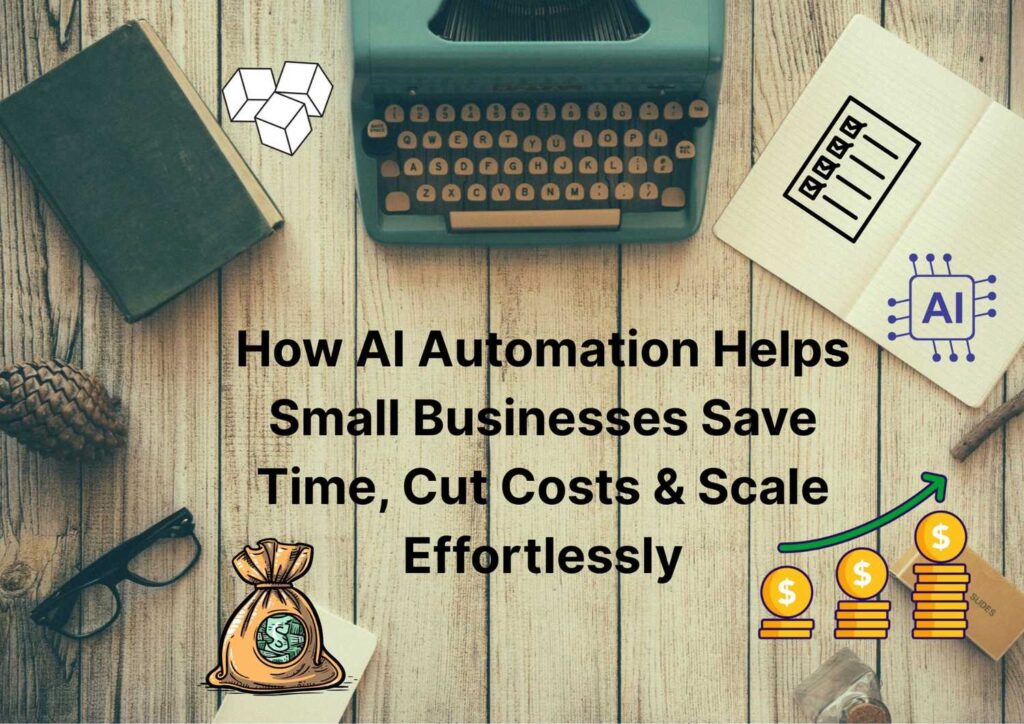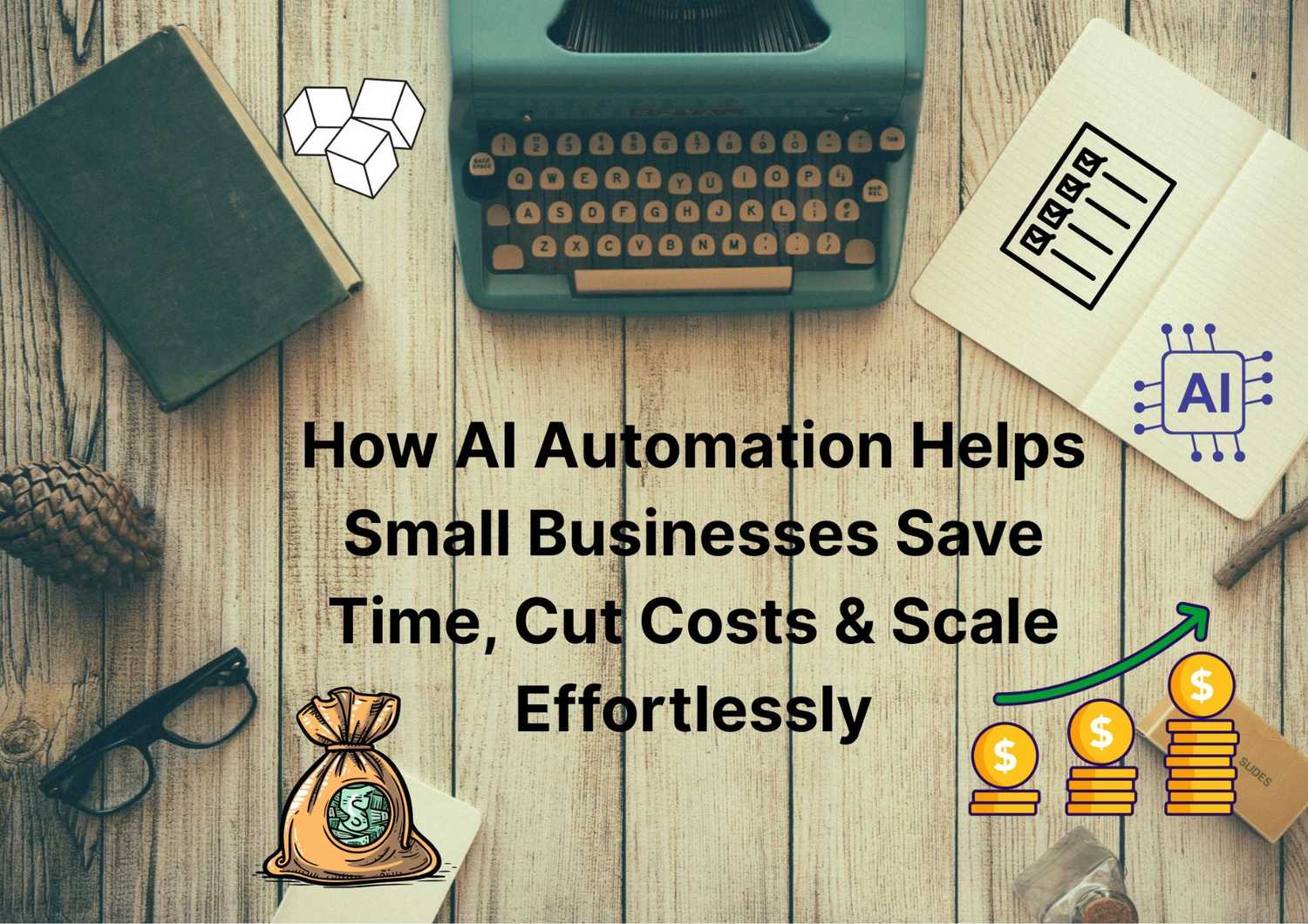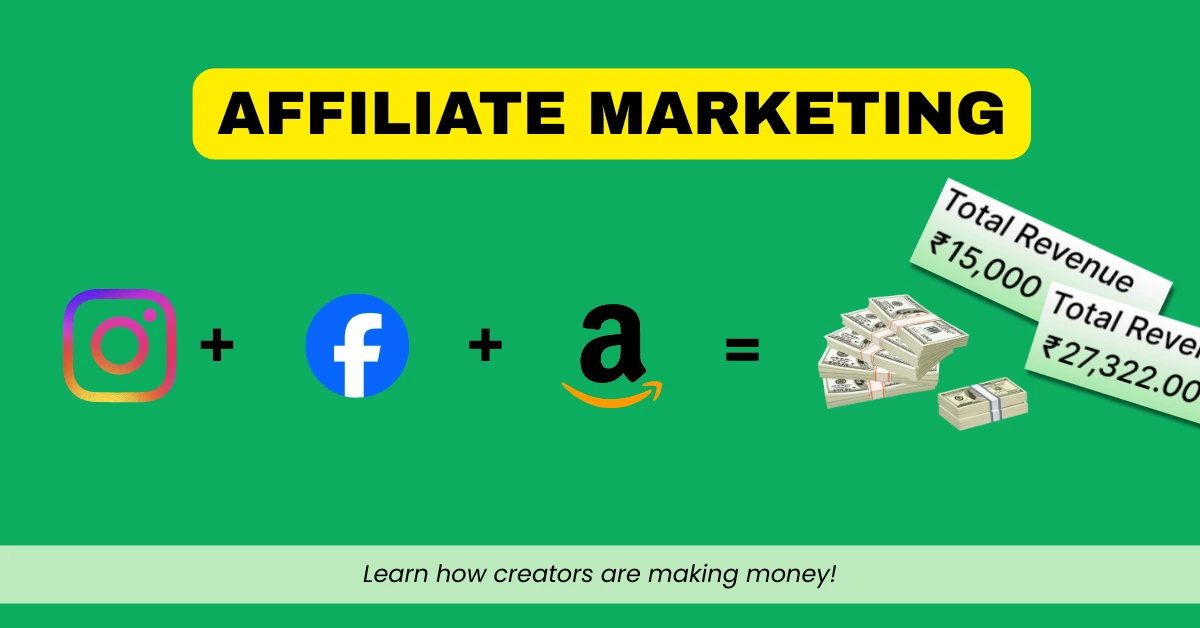Table of Contents
Picture this: It’s Monday morning, and while you’re sipping your coffee, your business is already hard at work. Customer inquiries are being answered, social media posts are going live, and your latest blog post is being shared across all your channels. No, you didn’t hire a weekend team—you’ve got AI automation working behind the scenes.
Welcome to the new reality of smart business operations, where artificial intelligence isn’t just for tech giants anymore. It’s become the secret weapon that’s helping small bakeries compete with chain stores, enabling solo consultants to serve hundreds of clients, and allowing family-run shops to operate like well-oiled corporate machines.
If you’re running a micro, small, or medium enterprise (MSME), you’re probably wearing multiple hats—CEO, marketing manager, customer service rep, and accountant all rolled into one. Sound familiar? The good news is that AI automation can take several of those hats off your head, giving you the freedom to focus on what you do best: growing your business.
In this guide, we’ll explore how AI automation is transforming the business landscape, which tools can make your life easier, and how you can start implementing these game-changing technologies today. Trust us, by the end of this article, you’ll be wondering how you ever managed without them.

What is AI Automation?
Let’s start with the basics. Traditional automation is like having a very obedient robot that follows your exact instructions. Tell it “when someone fills out a contact form, send them an email,” and it’ll do exactly that—no more, no less.
AI automation, on the other hand, is like having a smart assistant who not only follows instructions but also learns, adapts, and makes intelligent decisions. It’s the difference between a basic thermostat that turns on at 70 degrees and a smart thermostat that learns your schedule, adjusts for weather patterns, and even knows you prefer it cooler when you’re working from home.
Here’s a real-world example that’ll make this crystal clear: Imagine you run a small online boutique. Traditional automation might send every customer the same “Thank you for your purchase” email. AI automation looks at what they bought, when they bought it, their browsing history, and their past purchases to craft a personalized message. It might thank them for the dress purchase and suggest matching accessories, or remind them about an upcoming sale on similar items they’ve viewed before.
Companies like Netflix use AI automation to figure out what show you’ll want to binge next, while Amazon uses it to predict what you’ll buy before you even know you need it. The technology that powers these experiences is now available to businesses of all sizes—including yours.
Key Tools and Platforms for AI Automation
AI Writing & Content Tools: Your 24/7 Content Team
Remember when creating content meant staring at a blank page for hours? Those days are over.
ChatGPT, Claude, and Gemini are like having a brilliant writing team that never sleeps, never gets writer’s block, and can adapt to any style or tone you need. Need a professional email to a client? Done. Want a casual social media post? Easy. Product descriptions for your entire catalog? Consider it handled.
Jasper and Writesonic take this a step further, specializing in marketing copy that actually converts. These tools understand the psychology behind persuasive writing and can craft everything from compelling ad headlines to complete sales pages. It’s like having a seasoned copywriter on your team, minus the hefty salary.
AI Workflow Automation Platforms: The Digital Assembly Line
Think of these as the conductors of your business orchestra, making sure every tool plays in perfect harmony.
Make (formerly Integromat) is like having a visual flowchart come to life. You can literally see your business processes mapped out and watch as data flows from one application to another. Create a blog post with AI, and watch it automatically get published to your website, shared on social media, added to your newsletter, and archived in your content library—all without lifting a finger.
Zapier is the Swiss Army knife of automation, connecting over 5,000 apps and services. It’s so versatile that there’s probably a “Zap” (that’s what they call their automations) for almost anything you can imagine. New customer signup? Zapier can create a CRM record, start an email welcome series, notify your sales team, and schedule a follow-up call.
Pabbly Connect offers similar magic at a fraction of the cost, making it perfect for budget-conscious businesses. It’s like getting premium automation capabilities without the premium price tag.
Customer Support & Chatbots: Your Always-On Customer Service Team
Gone are the days when customers had to wait until business hours to get help.
Intercom, Tidio, and Drift provide AI-powered chat solutions that feel surprisingly human. These chatbots can handle everything from simple FAQ questions to complex troubleshooting, and they’re smart enough to know when to hand things over to a real person.
The best part? They learn from every conversation, getting better at helping your customers over time. It’s like having a customer service rep who never forgets a solution and gets more experienced with every interaction.
CRM and Sales Automation: Your Crystal Ball for Sales
HubSpot, Zoho CRM, and Salesforce have all jumped on the AI bandwagon, and the results are impressive. These systems can now predict which leads are most likely to buy, suggest the best time to reach out, and even draft personalized follow-up emails.
Imagine having a sales assistant who remembers every detail about every prospect, knows exactly when they’re most likely to respond, and can predict their next move. That’s what AI-powered CRM systems bring to the table.
Marketing Automation: Your Personal Marketing Department
Mailchimp, Omnisend, and ActiveCampaign have evolved beyond simple email tools. They’re now smart marketing assistants that can segment your audience, personalize content, optimize send times, and even predict which customers are likely to make a purchase.
These tools can create entire customer journeys—from the first website visit to the final purchase and beyond—all automatically adjusted based on how each person engages with your brand.
Image and Video Generation: Your Creative Studio
DALL·E and Midjourney are like having a graphic designer who can create any image you can describe. Need a product photo for your online store? A social media graphic for your latest promotion? A unique logo concept? Just describe what you want, and these AI tools will create it.
Sora and RunwayML are doing the same thing for videos. Promotional videos, product demonstrations, social media content—it’s all possible without expensive equipment or professional videographers.
Data Analysis & Decision Making: Your Business Intelligence Team
Tableau, MonkeyLearn, and Google Looker Studio can turn your business data into actionable insights. They don’t just create pretty charts—they actively look for patterns, anomalies, and opportunities that you might miss.
It’s like having a data analyst who works around the clock, constantly monitoring your business metrics and alerting you to important trends or potential problems.

Benefits of AI Automation for MSMEs
Cost Efficiency: More Bang for Your Buck
Let’s talk numbers. Instead of hiring a full-time content writer ($40,000+/year), a customer service rep ($35,000+/year), and a data analyst ($60,000+/year), you could invest in AI tools that handle all these functions for a fraction of the cost—often less than $500/month total.
It’s not about replacing people; it’s about making your existing team more effective and allowing you to compete with larger companies without their overhead.
Time Saving: Get Your Life Back
Remember those Sunday evenings spent scheduling social media posts for the week? Or the hours spent manually entering customer data? AI automation can handle these tasks in minutes, not hours.
One small business owner we know used to spend 10 hours a week on routine tasks. After implementing AI automation, that’s down to 2 hours. That’s 8 hours back in their week to focus on strategy, customer relationships, or (dare we say it) having a life outside of work.
Improved Productivity: Work Smarter, Not Harder
When AI handles the routine stuff, your team can focus on what humans do best—creative problem-solving, relationship building, and strategic thinking. It’s like having a personal assistant for your entire business, handling all the background tasks so you can focus on the big picture.
Plus, AI never gets tired, never takes sick days, and never needs coffee breaks. Your business can literally run 24/7 without you being there.
Better Decision-Making: Crystal Ball Clarity
AI doesn’t just process data—it finds patterns and insights that human brains might miss. It can predict which products will be popular next month, identify customers who are likely to churn, and suggest the best times to launch new campaigns.
It’s like having a business advisor who’s analyzed thousands of similar businesses and can tell you what’s likely to work (and what isn’t) before you invest time and money.
Enhanced Customer Experience: Personal Touch at Scale
AI can personalize every customer interaction, making each person feel like your only customer even when you’re serving thousands. It remembers preferences, anticipates needs, and delivers the right message at the right time.
Imagine a customer visiting your website and seeing product recommendations based on their previous purchases, getting answers to their questions instantly, and receiving follow-up emails that feel personally crafted. That’s the power of AI automation.
Scalability: Growth Without Growing Pains
Traditional businesses hit bottlenecks as they grow—more customers mean more work, which means more staff, which means higher costs and complexity. AI automation changes this equation.
With the right systems in place, you can handle 10 times more customers without 10 times more work. Your business can grow smoothly and profitably, without the typical growing pains.
Use Case Examples for MSMEs
The Smart Retail Shop
Meet Sarah, who owns a local boutique. She used to spend hours managing inventory, posting on social media, and dealing with customer inquiries. Now, AI monitors her stock levels and automatically reorders popular items before they run out. Her social media accounts post engaging content about new arrivals and styling tips throughout the week. When customers have questions, an AI chatbot handles the basics, freeing Sarah to focus on personal styling consultations and building customer relationships.
Result? Sales increased 40% while her workload decreased significantly.
The Efficient Marketing Agency
Tom runs a small marketing agency with three employees. Before AI automation, they were constantly scrambling to meet deadlines and manage multiple client accounts. Now, AI helps draft initial content based on client briefs, automatically generates performance reports, and even suggests optimization strategies based on campaign data.
His team went from working 60-hour weeks to focusing on strategy and client relationships, while still delivering better results for clients.
The Scaling Online Coach
Lisa teaches online courses to entrepreneurs. Managing student schedules, creating personalized learning materials, and tracking progress used to consume her entire day. AI now handles lesson scheduling based on student availability and learning pace, generates customized quizzes and study materials, and even provides basic student support.
She’s gone from serving 50 students to over 500, with higher satisfaction rates and more time to develop new courses.
The Thriving E-Commerce Store
Mike’s online electronics store was drowning in customer service requests and struggling with inventory management. AI chatbots now handle 80% of customer inquiries, while automated systems track inventory, predict demand, and even adjust pricing based on market conditions.
Customer satisfaction is up, operational costs are down, and Mike finally has time to source new products and expand his business.
How to Get Started with AI Automation
Ready to join the AI revolution? Here’s your step-by-step roadmap:
Step 1: Take Inventory of Your Time For one week, track how you spend your time. Note down repetitive tasks that eat up your day—things like data entry, social media posting, email responses, or report generation. These are your prime automation candidates.
Step 2: Start Small and Smart Don’t try to automate everything at once. Pick one or two pain points that consume the most time or cause the most frustration. Maybe it’s customer service inquiries or content creation for social media.
Step 3: Choose User-Friendly Tools Platforms like Zapier and Make are designed for non-technical users. You don’t need to be a programmer to create powerful automations. Start with their free tiers to get comfortable with the concepts.
Step 4: Test and Measure Set up simple automations and track their impact. How much time are you saving? Are customers responding better? Is the quality meeting your standards? Use these insights to refine and expand your automation strategy.
Step 5: Scale Gradually Once you see positive results, gradually add more automations. Each success builds confidence and frees up time to implement the next one.
Common Challenges and How to Overcome Them
“These Tools Don’t Play Nice Together” Integration hiccups are common, but there’s usually a solution. Platforms like Zapier excel at making different tools communicate. If a direct integration doesn’t exist, there’s often a workaround through webhooks or API connections. Don’t be afraid to reach out to customer support—they’ve usually seen your exact problem before.
“This Seems Too Complicated” Every new technology has a learning curve, but AI automation tools are designed to be user-friendly. Start with platforms that offer excellent tutorials and customer support. YouTube is also full of step-by-step guides. Remember, you don’t need to understand how the technology works—just how to use it effectively.
“What About Privacy and Security?” Choose reputable vendors with clear privacy policies and security certifications. Look for tools that comply with regulations like GDPR and offer features like data encryption and user access controls. When in doubt, consult with a cybersecurity professional.
“How Do I Know It’s Worth the Investment?” Calculate the true cost of your time. If you’re spending 10 hours a week on tasks that could be automated, and your time is worth $50/hour, that’s $500 worth of time weekly. An automation tool that costs $100/month and saves you those 10 hours is delivering 5x ROI. Most business owners find that AI automation pays for itself within the first few months.
Want to read Brand Identity: 5 Powerful Ways to Build Memorable RecognitI







1 thought on “How AI Automation Helps Small Businesses Save Time, Cut Costs & Scale Effortlessly”